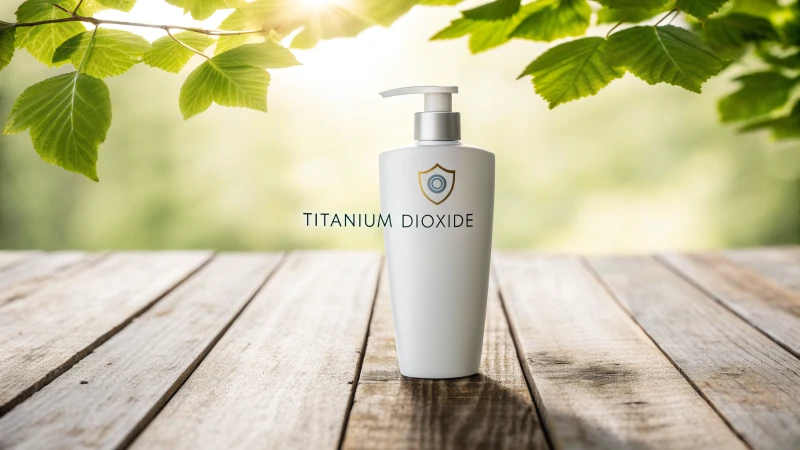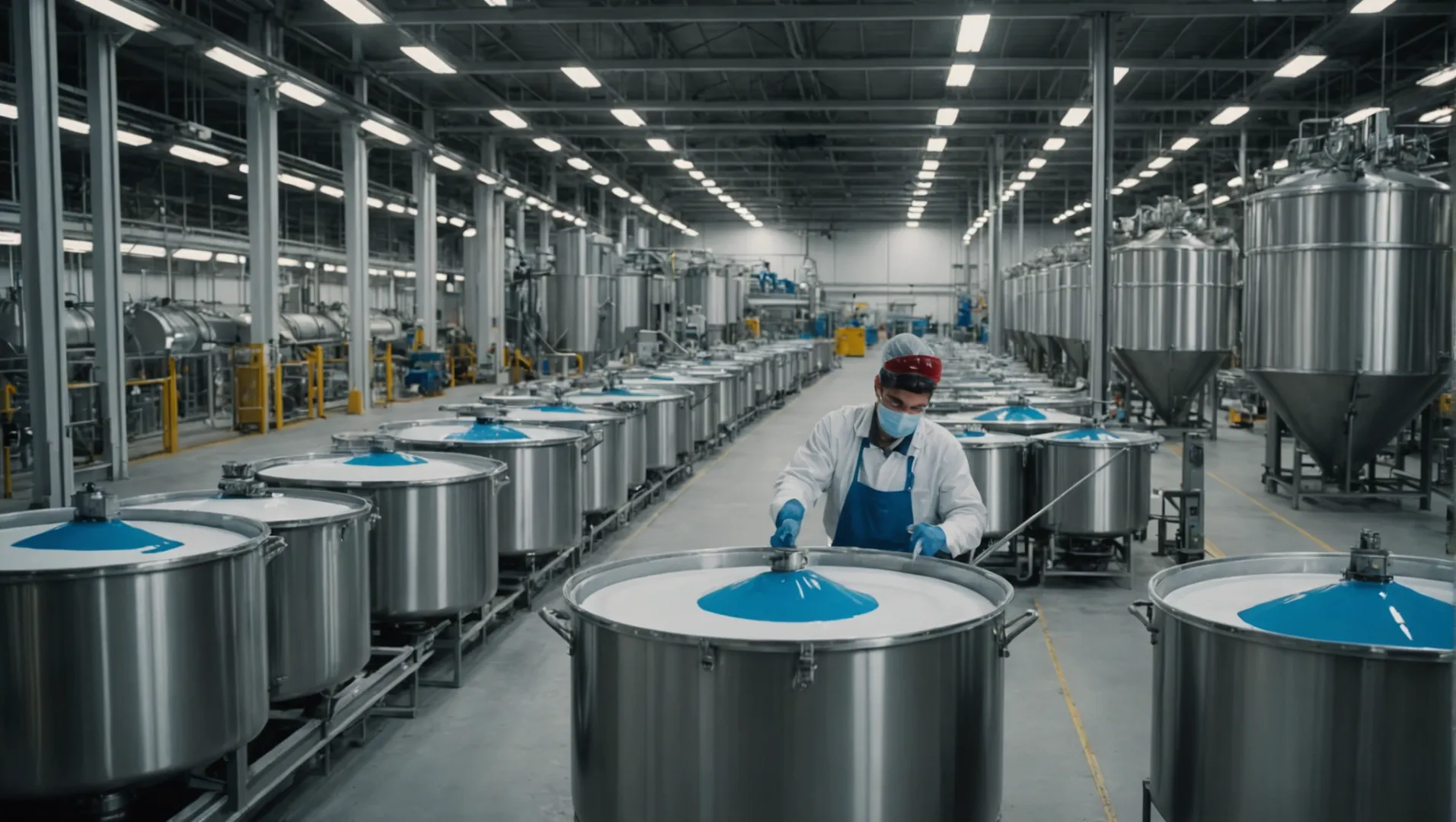
Ever wondered why titanium dioxide is a staple in the paint industry?
Titanium dioxide is used in paints and coatings primarily for its high refractive index, which ensures superior brightness and hiding power. These properties make it an ideal pigment for creating vibrant colors and effectively covering surfaces. Moreover, titanium dioxide is non-toxic compared to alternatives like white lead oxide, making it safer for widespread use.
While titanium dioxide boasts impressive attributes, there are rising concerns about its safety, leading to a search for viable alternatives. Understanding these alternatives can help in making informed decisions for safer and more sustainable product formulations. Let's delve deeper into the reasons behind its popularity and explore the potential substitutes.
Titanium dioxide is non-toxic compared to lead oxide.True
Titanium dioxide is considered safer than lead oxide, which is toxic.
What Makes Titanium Dioxide an Ideal Pigment for Paints?
Discover the secret behind the bright, vibrant paints on your walls.
Titanium dioxide is prized as a paint pigment due to its exceptional brightness and superior hiding power, thanks to its high refractive index. This enables it to scatter light effectively, ensuring vivid colors and excellent surface coverage. Additionally, its non-toxic nature makes it a preferred choice over harmful alternatives like white lead oxide.
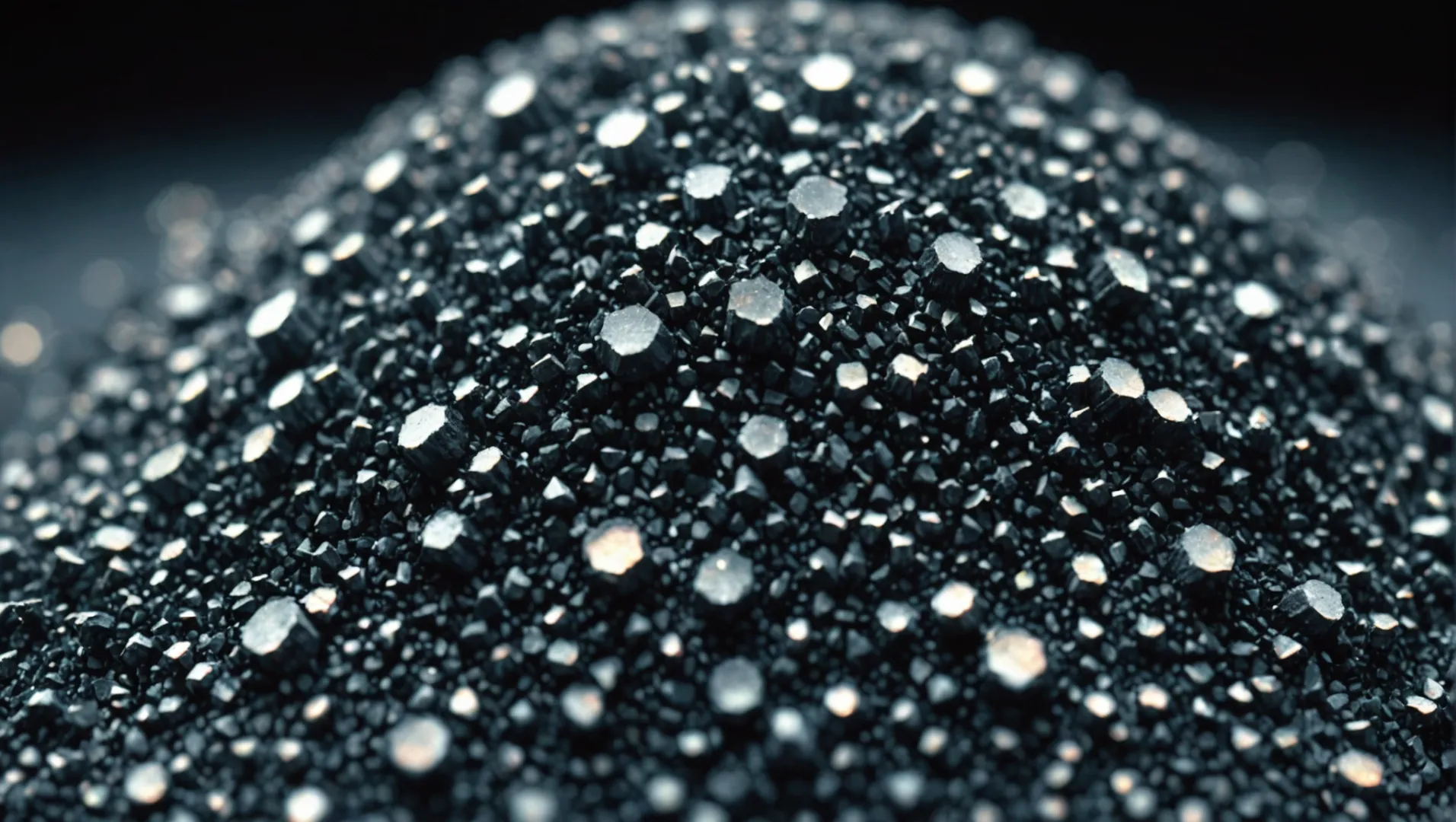
The Science Behind Titanium Dioxide's Effectiveness
The success of titanium dioxide1 as a paint pigment lies in its high refractive index. This characteristic ensures that light is efficiently scattered when it hits the pigment particles, resulting in a brilliant white color. Because of this, even a thin layer of titanium dioxide can effectively hide the underlying surface color. This ability to obscure is known as hiding power and is crucial for achieving uniform paint coverage with fewer coats.
Comparing Refractive Indexes
To understand the effectiveness of titanium dioxide, it's helpful to compare its refractive index with other pigments:
| Pigment | Refractive Index |
|---|---|
| Titanium Dioxide | 2.7 |
| White Lead Oxide | 2.0 |
| Calcium Carbonate | 1.6 |
The higher the refractive index, the better the pigment can scatter light, leading to brighter and more opaque paints.
Safety and Environmental Considerations
Unlike some historical pigments like white lead oxide, which are highly toxic, titanium dioxide is non-toxic and safe for general use. This safety aspect has contributed to its widespread adoption in the paint industry. However, there are ongoing studies into its environmental impact during production and disposal.
Application Versatility
Titanium dioxide's versatility extends beyond just white paint. It serves as a base for mixing other pigments to create a wide range of colors. Its ability to maintain color integrity and vibrancy while providing excellent coverage makes it indispensable in artistic and commercial paints alike.
The above properties of titanium dioxide not only enhance the aesthetic appeal but also improve the durability and longevity of painted surfaces, making it an invaluable component in modern paint formulations.
Titanium dioxide is non-toxic and safe for paint use.True
Titanium dioxide is preferred over toxic alternatives like white lead oxide.
White lead oxide has a higher refractive index than titanium dioxide.False
Titanium dioxide's refractive index is 2.7, higher than white lead oxide's 2.0.
How Does Titanium Dioxide Enhance Paint Performance?
Titanium dioxide significantly boosts paint performance with its unique properties.
Titanium dioxide enhances paint performance by providing exceptional brightness, opacity, and UV resistance. Its high refractive index scatters light efficiently, ensuring excellent coverage and vibrant colors. Additionally, it protects surfaces from UV damage, prolonging the lifespan of painted surfaces.
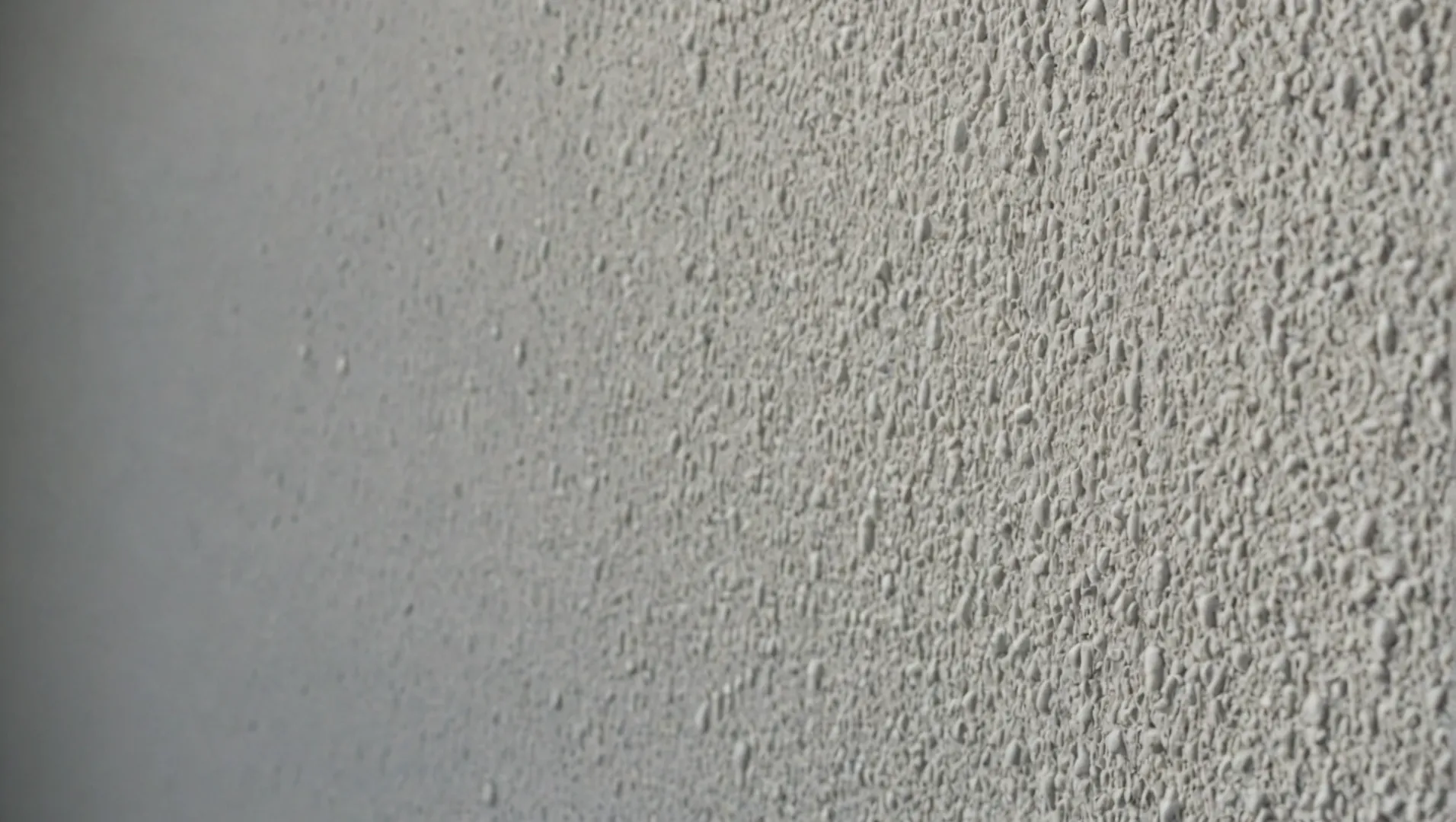
Brightness and Opacity
One of the most notable attributes of titanium dioxide in paint is its ability to produce intense brightness and opacity. This is due to its high refractive index, which is one of the highest among white pigments. When light hits the surface of a paint containing titanium dioxide, it scatters the light, which results in a bright and opaque finish. This property is particularly beneficial for covering imperfections on surfaces, allowing for fewer coats of paint.
For instance, when painting over a dark wall, titanium dioxide helps mask the previous color effectively, providing a clean slate for new hues. This makes it a cost-effective choice for painters, reducing the need for multiple applications and saving both time and materials.
UV Resistance
Another critical advantage of titanium dioxide is its ability to resist ultraviolet (UV) light. This makes it an invaluable component in outdoor paints and coatings. UV rays can cause significant damage to paints over time, leading to fading, chalking, and degradation of the paint film.
By integrating titanium dioxide, paints can withstand prolonged exposure to sunlight without losing their luster or protective qualities. This ensures that buildings, vehicles, and other painted structures maintain their aesthetic appeal and structural integrity for longer periods.
Heat Stability
Titanium dioxide also contributes to the thermal stability of paints. It can endure high temperatures without altering its structure or performance. This is crucial for applications in environments that experience extreme temperature variations.
For example, in industrial settings or regions with hot climates, paints containing titanium dioxide remain effective without peeling or cracking, preserving the surfaces they cover.
Enhanced Durability
The inclusion of titanium dioxide in paint formulations enhances their overall durability. It reinforces the paint film, making it more resistant to physical wear and tear. This is particularly important in high-traffic areas where surfaces are prone to scratches and abrasions.
In summary, titanium dioxide's exceptional brightness, UV resistance, heat stability, and durability make it a superior choice for enhancing paint performance across various applications. While exploring potential alternatives2 might be beneficial for certain environmental concerns, its current role remains unparalleled in delivering high-quality finishes.
Titanium dioxide enhances paint's UV resistance.True
Titanium dioxide protects painted surfaces from UV damage, prolonging lifespan.
Titanium dioxide reduces paint's thermal stability.False
Titanium dioxide contributes to thermal stability, enduring high temperatures.
Are There Health Concerns Associated with Titanium Dioxide?
Is the popular pigment titanium dioxide truly safe for our health?
Titanium dioxide, while widely used for its non-toxic properties in paints, has raised concerns regarding potential health risks, particularly when inhaled as nanoparticles. Regulatory bodies continue to investigate its safety to ensure consumer protection.
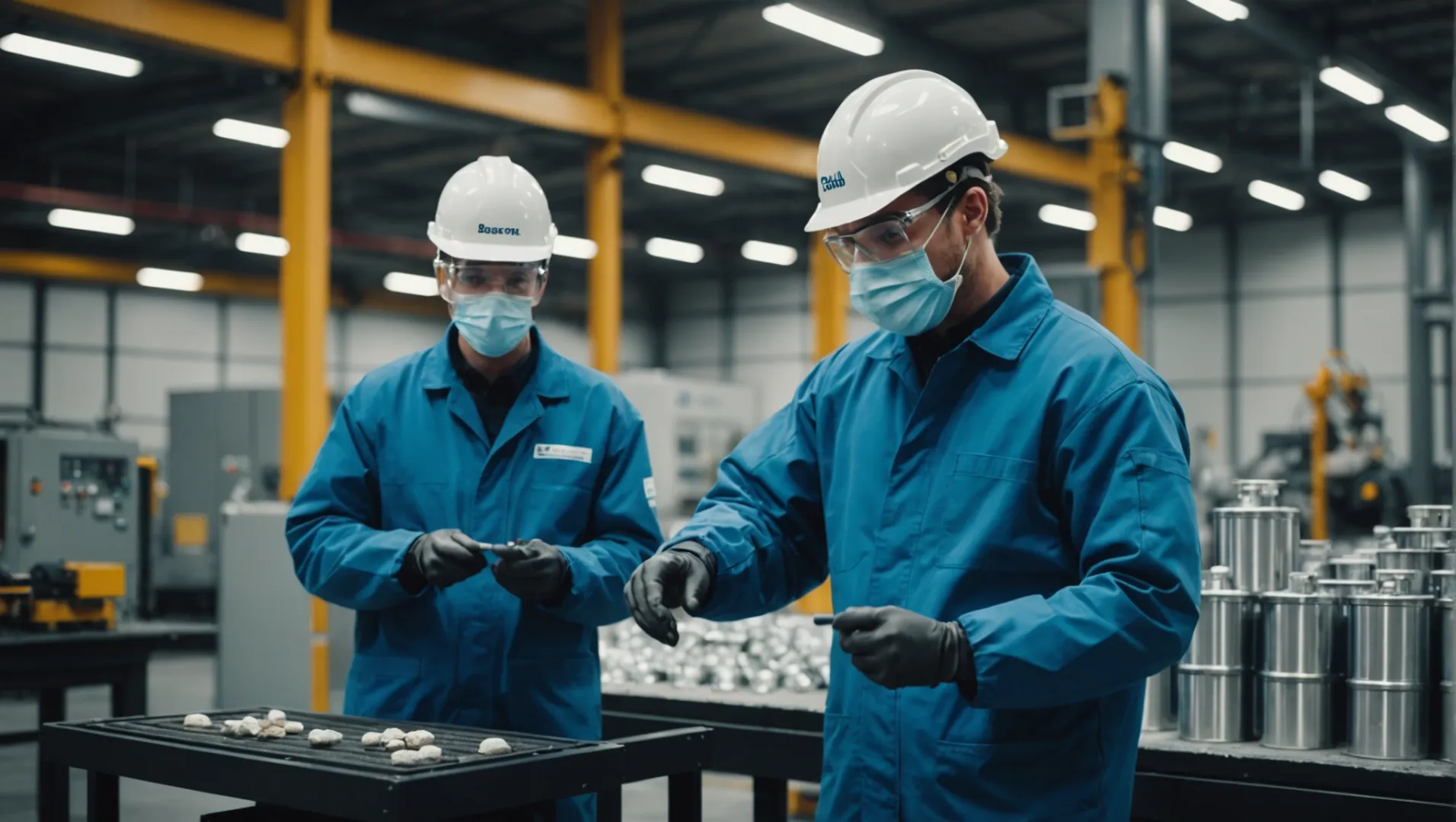
Understanding Titanium Dioxide Exposure Risks
Titanium dioxide (TiO2) is celebrated for its non-toxic nature3 in comparison to other pigments like lead oxide. However, recent studies have shed light on potential health risks when this compound is inhaled, especially in its nanoparticle form. The International Agency for Research on Cancer (IARC) has classified TiO2 as a possible carcinogen when inhaled in high concentrations, prompting further investigation into occupational exposure levels.
When used in consumer products like paints and cosmetics, the likelihood of significant inhalation is minimal. Yet, concerns persist in industrial settings where workers may be exposed to airborne TiO2 dust during manufacturing processes.
Regulatory Perspectives and Consumer Safety
Regulatory bodies across the globe are actively assessing the safety of titanium dioxide. The European Chemicals Agency (ECHA), for example, has proposed classifying it as a suspected carcinogen when inhaled. This has led to considerations for labeling requirements on products containing TiO2, especially those in powder form.
For consumers, understanding these regulatory actions is crucial. While the risk in everyday use remains low, awareness about the safety measures and protective guidelines in place can offer peace of mind.
Evaluating Alternatives and Future Implications
The potential health implications of TiO2 have sparked interest in alternative pigments that offer similar benefits without associated risks. Researchers are exploring options like zinc oxide and other mineral-based compounds that provide opacity and brightness without the same level of inhalation risk.
As we continue to innovate and prioritize health-conscious formulations, the landscape of pigment usage in industries such as paint and cosmetics may evolve. This could lead to new standards and practices that balance functionality with safety for both manufacturers and consumers.
Titanium dioxide is classified as a carcinogen by IARC.True
IARC classifies titanium dioxide as a possible carcinogen when inhaled.
Inhalation of titanium dioxide is a major concern in consumer use.False
Significant inhalation risk exists mainly in industrial settings, not consumer use.
What Are the Best Alternatives to Titanium Dioxide in Paints?
Exploring alternatives to titanium dioxide in paints is crucial for health and sustainability.
Alternative pigments to titanium dioxide in paints include calcium carbonate, zinc oxide, and barium sulfate. These substitutes offer varying degrees of opacity, whiteness, and environmental benefits. While none completely replicate titanium dioxide's properties, they can be effectively used in specific applications where safety and environmental impact are prioritized.

Exploring Non-Titanium Dioxide Pigments
While titanium dioxide remains a dominant choice for its outstanding opacity and whiteness, growing health and environmental concerns have driven the industry to explore alternatives. Several non-toxic and sustainable options have emerged as viable substitutes.
Calcium Carbonate: A Natural Choice
Calcium carbonate is a popular alternative due to its natural abundance and non-toxic nature. It offers moderate opacity and whiteness, making it suitable for interior paints where extreme brightness is not a primary concern. Additionally, its cost-effectiveness makes it an attractive option for budget-friendly formulations. Exploring calcium carbonate's use4 can provide insights into its benefits in paint applications.
Zinc Oxide: Dual Benefits
Zinc oxide is another promising substitute, notable for its dual function as a pigment and a mildew-resistant agent. Its bright white hue makes it an excellent choice for paints requiring both aesthetic appeal and protective qualities. However, its higher cost compared to other alternatives may limit its widespread use. For more on the advantages of zinc oxide5, further exploration is recommended.
Barium Sulfate: Enhanced Brightness
Barium sulfate offers a high refractive index similar to titanium dioxide, providing enhanced brightness and opacity. Although not as white as titanium dioxide, it still serves as a valuable component in achieving desired paint qualities without compromising on environmental safety. Understanding barium sulfate's role6 can help tailor its use in various paint formulations.
Considerations for Choosing Alternatives
When selecting alternatives, factors such as opacity, brightness, cost, and environmental impact play crucial roles. While no single substitute perfectly mirrors titanium dioxide's properties, combining multiple alternatives can often achieve satisfactory results. Exploring these varied formulations7 could lead to innovative and sustainable paint solutions.
In conclusion, each alternative presents unique advantages and challenges that must be weighed according to specific application needs and sustainability goals.
Calcium carbonate is more opaque than titanium dioxide.False
Calcium carbonate offers moderate opacity, not as high as titanium dioxide.
Zinc oxide provides mildew resistance in paints.True
Zinc oxide acts as both a pigment and a mildew-resistant agent.
Conclusion
Understanding the role of titanium dioxide in paints highlights its importance due to brightness and safety. Yet, exploring alternatives ensures adaptability to evolving health standards. Stay informed to make responsible choices in product formulations.
-
Understand the scientific principles behind titanium dioxide's optical properties.: White titanium dioxide is made up wavelength-scale particles, which scatter the light in a relatively wavelength-independent (Mie-type) manner. ↩
-
Explore safe and eco-friendly substitutes for titanium dioxide in paints.: Which Products Can Be Used Instead? · Supreme Hydrous Clays · Precipitated Barium Sulphate Sintabar® · Precipitated Calcium Carbonates. ↩
-
Discover why titanium dioxide is considered safer than other pigments.: Titanium dioxide is an inorganic compound used in a range of body care products such as sunscreens and makeup. It appears to have low skin penetration but ... ↩
-
Discover the role of calcium carbonate in paint applications.: Calcium carbonate powder is commonly used in a number of paint and coating applications. It is used as a dilution, an agent to either reduce or enhance gloss. ↩
-
Learn about zinc oxide's dual benefits in paints.: Zinc Oxide greatly decreases the amount of yellowing associated with other white pigments, such as lead or titanium white, both in terms of the ... ↩
-
Explore barium sulfate's impact on paint properties.: Barium sulfate paint, as one of the pigments, has been recognized as an improvement in thickness, abrasion, water-resistant, and impact-resistant properties. ↩
-
Uncover innovative formulations using alternative pigments.: In this article we'll talk about what makes titanium dioxide so special as a colorant and go through some of the current available options that can be used as ... ↩




